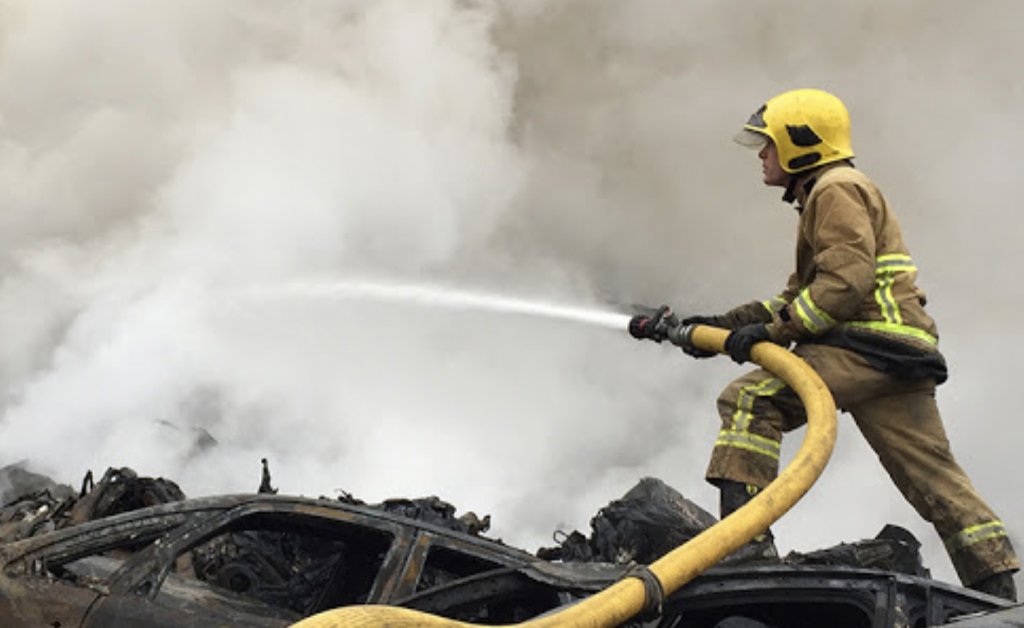Is a Fire Watch Guard Checklist Necessary?
Yes, it certainly is. In reality, having a fire watch checklist completed and ready in case of an emergency is critical for your safety and the protection of everyone in your building, construction site, or other location. A fire watch checklist lays out all of the tasks that must be performed in the event of an emergency.
Because no two buildings are alike, each has its own set of safety requirements. Your checklist should be carefully crafted and tailored to your facility’s specific safety requirements.
Items in Fire Watch Guard Checklist
The Following Items Should Be on a Fire Watch Guard Checklist:
- The facility’s entire layout, including all stairwells and emergency exits
- Steps to ensuring that all exits are clear.
- Keeping a log/record of the fire (the log should include all the dates and times of each patrol as well as the area patrolled)
- Fire watch door notifications are posted on the outside doors of apartments, restrooms, the lobby, passageways, and elevators.
- Notifying all inhabitants as soon as smoke or fire is detected (using a whistle to alert the occupants or a fire horn)
- Patrolling all areas of the building, including stairwells, corridors, halls, and rooms, etc.
- Using the nearest phone to call the fire service as soon as smoke or fire is detected.
- Keeping a safe distance from smoke or fire.
A Fire Watch Guards should:
• Patrol the region, structure, or facility on a regular basis and document the patrol at least once per hour.
• Know how to use a fire extinguisher and keep one on hand at all times.
• Have the ability to communicate with building inhabitants and the fire department in the event of a fire or other emergency.
• Keep a record of the Fire Watch for the Authority Having Jurisdiction to inspect.
Roles of a Fire Watch Guards according to LSC Chapter 3
A fire watch is described in Chapter 3 of the LSC as the assignment of one or more personnel to perform the following tasks:
- An emergency may be reported to the fire department, the building’s residents, or both.
- Keeping a fire from starting
- Putting out minor flames
- Keeping the public safe from fire and other hazards.
An interruption in the system’s water supply, frozen or broken pipes, equipment failure, and any other impairments discovered during system inspections are examples of emergency impairments. The Code also covers preplanned impairments such as shutting down the system for a length of time to allow for open flame operations such as welding in an area with automated fire warning systems or disconnecting the system for testing and maintenance.
The NFPA 72 defines an impairment for sprinklers and other water-based fire prevention systems as an “abnormal situation” that renders your system, or some component or function of it, unusable.
A fire watch may be required if any of the following types of equipment or components in your system are damaged:
- Sprinkler systems, such as water spray, water mist, and foam-water systems
- System of standpipes
- Pumps and hoses for firefighting
- Underground fire service mains and water storage tanks
- Disruptions in the delivery of water
It’s also worth noting that the necessity to set up a fire watch applies regardless of the kind of impairment and is triggered by the length of time the system is down.
